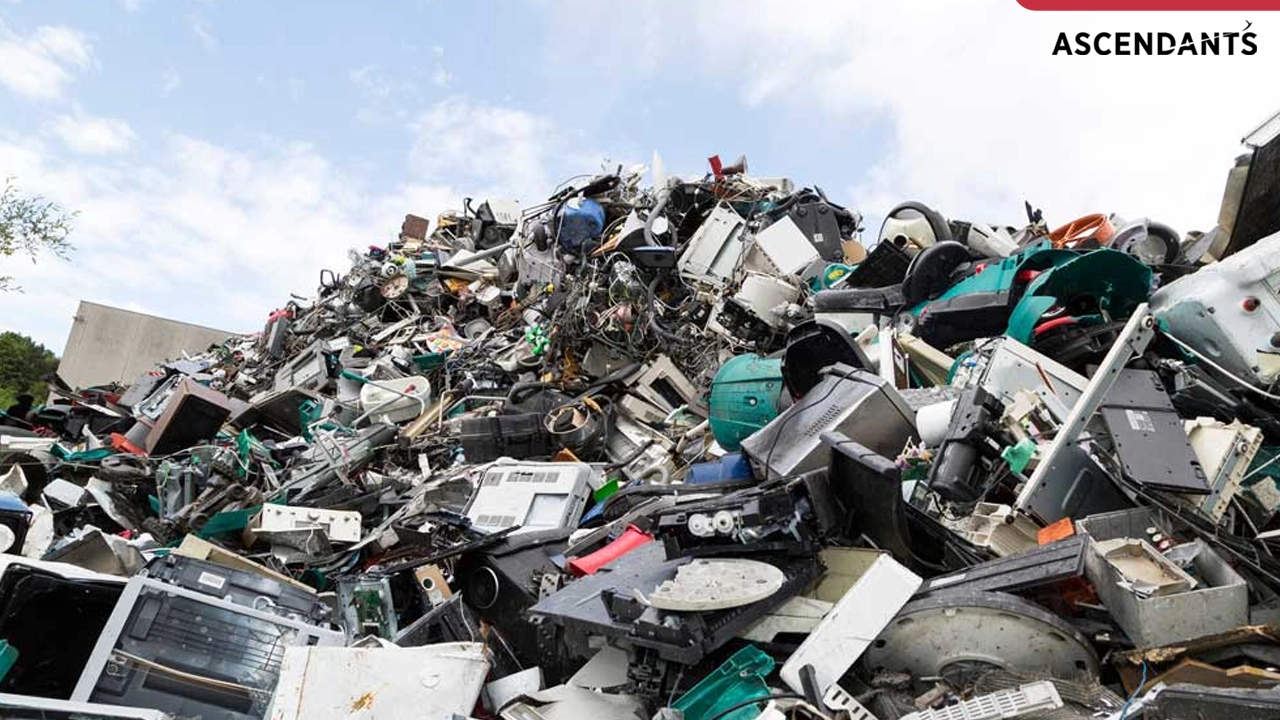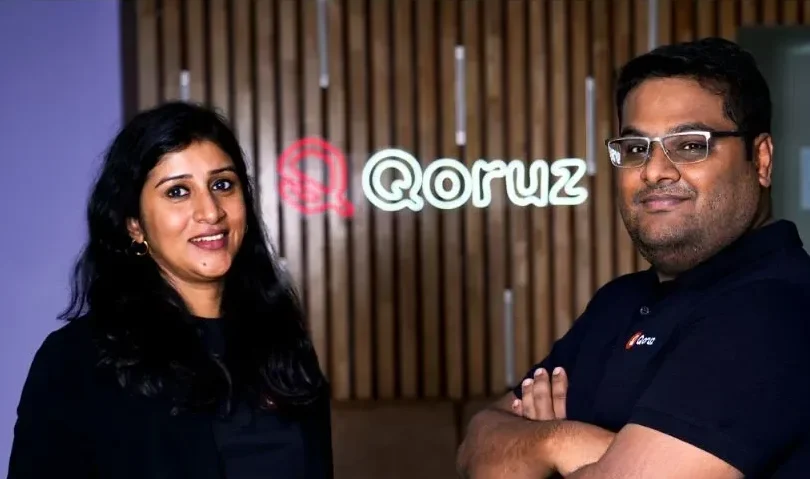According to a report by Redseer Strategy Consultants, India’s growing e-waste sector has an estimated economic potential of $6 billion through the recovery of valuable metals.
As the third-largest e-waste producer globally, after China and the US, India has seen its e-waste output nearly double from 2 million metric tons (MMT) in FY14 to 3.8 MMT in FY24. This surge is driven by rapid urbanization and increasing disposable incomes.
Households and businesses major contributors
The majority of e-waste originates from households and businesses, with the consumer segment alone accounting for nearly 70 percent of the total e-waste in FY24.
A key shift in e-waste trends is the changing material composition. While electronic appliances are becoming lighter and more compact, the overall volume of discarded items continues to rise, making efficient recycling strategies essential.
Unlocking the value of metal recovery
Jasbir S. Juneja, Partner at Redseer Strategy Consultants said
“The volume of e-waste is set to increase in the coming years. Given the rising value of metals in e-waste, India has a significant opportunity to improve recovery efficiency and become a leader in sustainable metal extraction.”
Only 16 percent of consumer e-waste in India is processed by formal recyclers. Despite projections that the formal recycling sector will grow at a 17 per cent CAGR and process 40 per cent of the country’s e-waste by FY35, it still faces stiff competition from informal players who operate with lower compliance costs and extensive collection networks.
Challenges in e-waste management
A significant portion of e-waste—10–15 percent—remains stored in households, while 8-10 percent is in landfills, further reducing recycling efficiency.
To create a sustainable e-waste management ecosystem, the Indian government introduced the Extended Producer Responsibility (EPR) framework. Originally voluntary in 2011, EPR has since become a mandatory system with specific collection targets for producers. However, gaps persist due to low minimum EPR fees and inadequate formal recycling infrastructure.
Must Read: Reports: India could achieve $7 trillion economy by 2030 with strong leadership
Making the circular economy stronger
Better recycling networks are key to obtaining more metal and boosting money gains. This change could cut India’s need for metal imports by nearly $1.7 billion while maintaining a good flow of valuable recycled metals.
Juneja said that growing formal recycling work, setting stricter rules, and encouraging circular economy habits would be vital for long-term financial and environmental gains.
Also Read: Indigenous tourism to boost global economy by $67 billion by 2034























